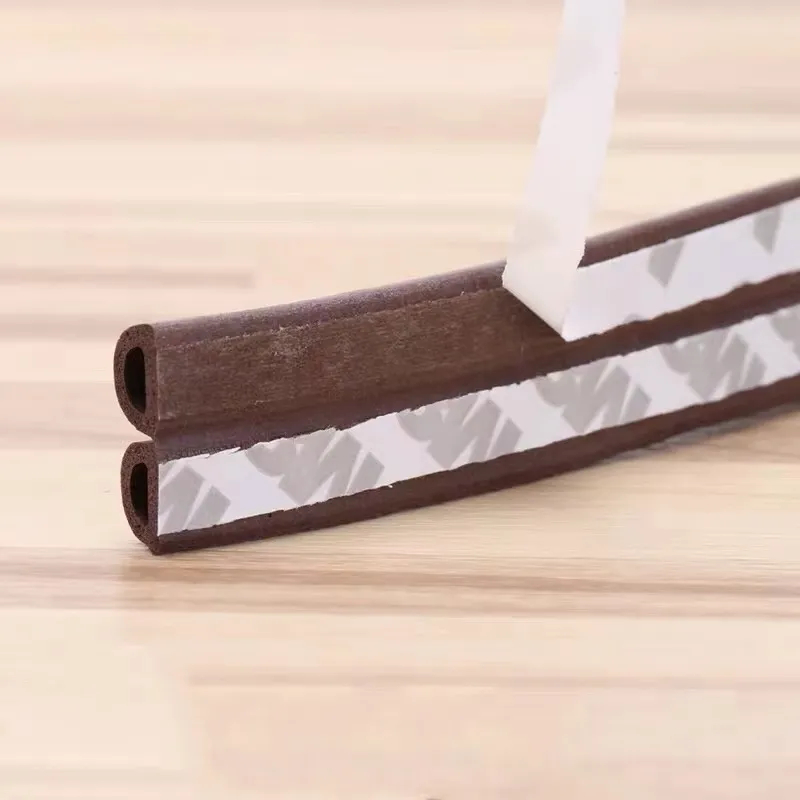Wall Corner Edge Protectors for Enhanced Safety and Damage Prevention
The Importance of Corner Edge Protectors for Walls
In any home or commercial space, the design and aesthetics of walls play a crucial role in creating a pleasant environment. However, walls are also susceptible to damage from daily activities. Corners, in particular, are vulnerable to impacts that can lead to unsightly dents, scratches, and other forms of wear and tear. This is where corner edge protectors come into play. These practical yet often overlooked products can save property owners from the costs and headaches associated with wall repairs.
Understanding Corner Edge Protectors
Corner edge protectors are specially designed accessories that are installed on the corners of walls to absorb impacts and prevent damage. They can be made from a variety of materials, including plastic, rubber, metal, or foam, each offering different levels of protection and flexibility. These protectors can be found in various shapes and sizes to accommodate different wall types and styles, making them versatile solutions for any space.
Benefits of Using Corner Edge Protectors
1. Preventing Damage The primary benefit of corner edge protectors is their ability to prevent damage. In high-traffic areas, such as hallways, kitchens, and entryways, walls are often subjected to bumps and scrapes from furniture, carts, and even people. By installing corner protectors, you can significantly reduce the risk of dents and damage.
2. Cost-Effective Solution Repairing damaged walls can be expensive and time-consuming. By investing in corner edge protectors, property owners can avoid frequent repairs and repainting, ultimately saving money in the long run. The cost of the protectors is negligible compared to the potential expenses associated with wall repairs.
3. Enhancing Safety In commercial settings, safety is a top priority. Sharp edges of wall corners can pose a hazard, especially in environments with children or individuals with disabilities. Corner edge protectors can soften these edges, reducing the risk of injury. They provide peace of mind for business owners and parents alike.
4. Aesthetic Appeal Modern corner edge protectors come in a variety of designs and finishes, allowing them to blend seamlessly with the existing decor of a room. This means you don't have to compromise on style for the sake of protection. Some products even enhance the design of the space while providing functional benefits.
corner edge protectors for walls

5. Easy Installation Most corner edge protectors can be easily installed with minimal tools. This convenience makes them an accessible solution for anyone looking to improve the durability of their walls. Depending on the adhesive backing or mounting method, installation can usually be completed in a matter of minutes.
Types of Corner Edge Protectors
There are several types of corner edge protectors available, each suited for different applications. Here are a few popular options
- Foam Protectors Soft and cushioned, foam protectors are often used in homes and schools. They provide a gentle barrier against impacts and are particularly useful in environments with children.
- Metal Corner Guards For commercial settings that require a more robust solution, metal corner guards offer durability and strength. They are commonly used in restaurants and warehouses where heavy traffic and equipment can cause significant wear and tear.
- Plastic Corner Protectors Lightweight and versatile, plastic corner protectors can suit various shapes and sizes. They are an economical choice and come in a range of colors and designs to fit any scenario.
Conclusion
Corner edge protectors are a simple yet effective solution for preserving the integrity of your walls while adding an element of safety and style. Whether in residential or commercial spaces, these protectors play an essential role in maintaining the appearance and function of walls. Investing in corner edge protectors is not just an option; it's a proactive approach to safeguarding your property. With their numerous benefits, it’s clear that corner edge protectors deserve a place in every thoughtful interior design strategy.
-
Under Door Draught Stopper: Essential ProtectionNewsJul.31,2025
-
Garage Door Seal and Weatherstrips for ProtectionNewsJul.31,2025
-
Edge Banding Tape for Perfect EdgesNewsJul.31,2025
-
Table Corner Guards and Wall Corner ProtectorsNewsJul.31,2025
-
Stair Nose Edging Trim and Tile Stair SolutionsNewsJul.31,2025
-
Truck Bed Rubber Mats for Pickup BedsNewsJul.31,2025
-
Window Weather Stripping for Noise ReductionNewsJul.29,2025